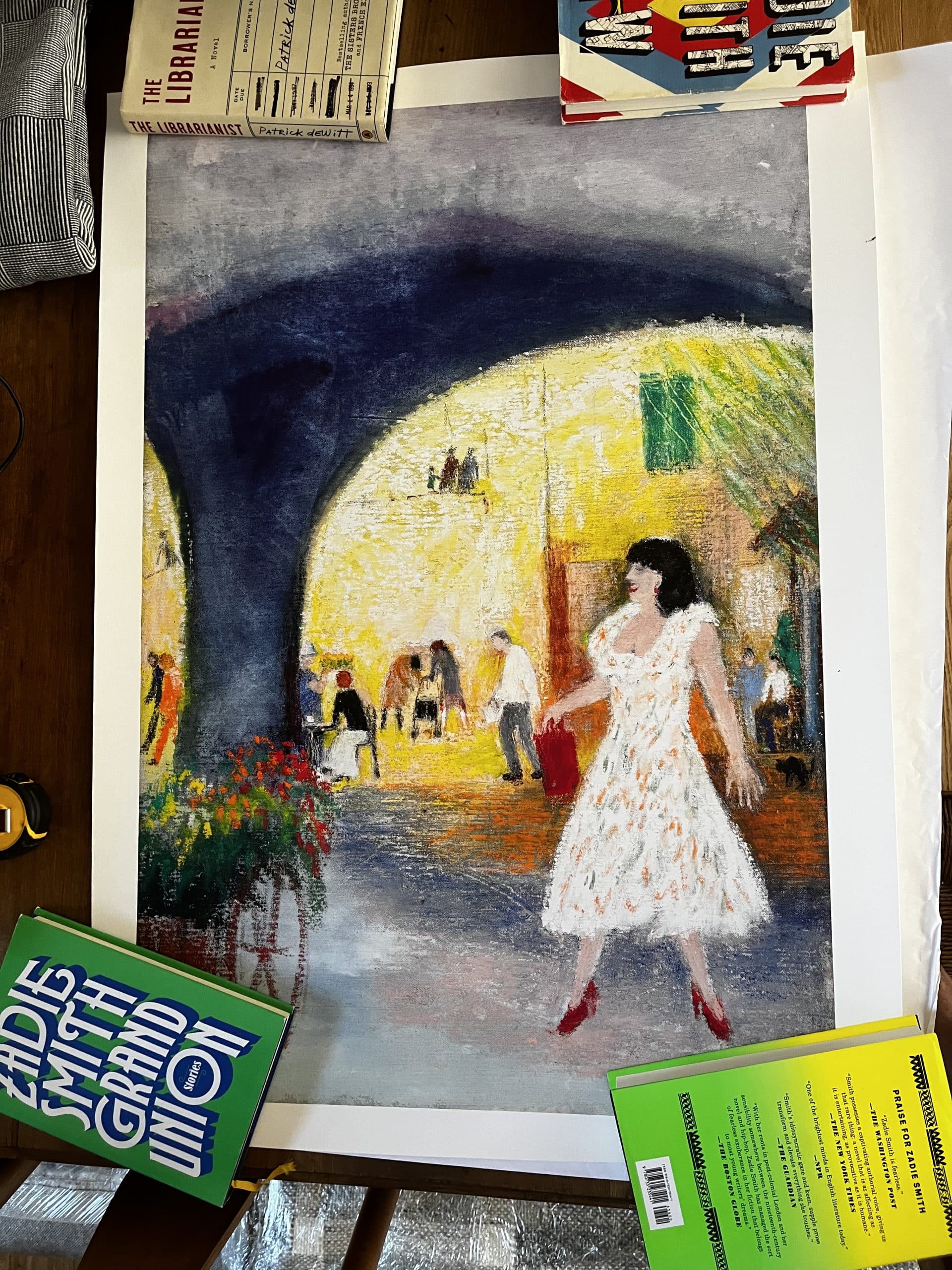John Mallord William Turner (1775-1851) is considered to be one of the greatest artists of all time, influencing the generation of artists who succeeded him. He was a key figure of the Romantic movement, which prioritised a personal and emotional response to a subject, departing from the previous classical and formal approach.
A year-long festival of events and exhibitions has been planned for 2025, which is the 250th anniversary of his birth. The festival, known simply as Turner 250, will include UK-wide exhibitions in cities such as London, Manchester, Edinburgh, Liverpool, Leeds, Norwich and Bath, plus conferences, documentaries.
There is also a comprehensive catalogue of Turner’s 37,500 sketches and watercolours that can be viewed on the website of the Tate Gallery.
Maria Balshaw, the director of the Tate galleries, said: “Turner is a standout figure in the story of British creativity. It is Tate’s privilege to care for the world’s biggest collection of his art and showcase it to the widest possible public.”
“Over the course of this year, I’m delighted that we will be showing over 150 of his stunning works at Tate Britain as well as lending over 100 more to venues right across this country and beyond.”
The painter of light
Turner was known as “the painter of light”, and he was drawn to dramatic landscapes and seascapes. He was also fascinated by the impact of the industrial revolution and human activity on the beauty of nature. Some of his best-known works include The Fighting Temeraire, The Slave Ship, and The Battle Of Trafalgar.
The arts minister Chris Bryant said: “From the prize in his name to [his self-portrait] on the back of the £20 note, his immense legacy continues to permeate through the arts and public life in Britain. The 250th anniversary of his birth will be an opportunity for the public to immerse themselves in our outstanding artistic heritage.”
The early life of the artist
Turner was born on April 23, 1775, in Covent Garden, London, Turner rose from humble beginnings to become one of the most celebrated painters of his time. His father was a barber and wig-maker, and his mother struggled with mental health issues, leading to her eventual admission to an asylum. The young Turner subsequently went to live with relatives in Margate, Kent, a place he would return to to paint in later life.
Despite these challenges, Turner’s artistic talent shone early, and he enrolled at the Royal Academy of Arts at the age of 14. By the age of 20, he was spending his summers travelling the country making landscape sketches, and the winters in his London studio working on commissions.
His talent soon drew him to the attention of prominent patrons, including the art critic and Victorian polymath John Ruskin, who he met in 1840. Ruskin would go on to become a leading champion of Turner’s work.
Why is Turner still relevant to audiences today?
Turner’s work continues to delight and inspire both artists and general audiences today. His striking use of light and colour and eye for drama certainly make for captivating paintings in his immediately engaging and recognisable style.
However, his timeless and visionary depictions of a world in a state of turbulent change and progress are perhaps what truly hit a nerve with modern audiences. We are living through a similar stage of turmoil and uncertainty, as the digital transformation of the world progresses rapidly, while climate change, wars and political upheaval present growing challenges.
The balance of human progress against the forces of nature is now an inescapable part of life, as we seek to restore a more sustainable and less destructive way to live on the planet. For many, Turner’s paintings continue to evoke the poignancy and urgency of this battle.
If there’s a painting that particularly resonates with you, why not buy a print and visit our framing shop in east London for an excellent choice of stylish and contemporary frames.
